“No spin” sign on the washing machine
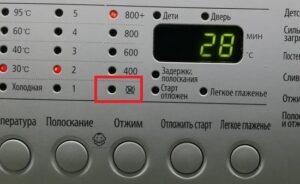 Modern washing machines have a fairly informative dashboard. The abundance of buttons, inscriptions and images often confuse the user - it is unclear what and why to press. The factory instructions often help out, but they are not always at hand. Difficulties often arise with the “No spin” icon. We suggest you figure out what this button is, how it helps when washing and when it turns on.
Modern washing machines have a fairly informative dashboard. The abundance of buttons, inscriptions and images often confuse the user - it is unclear what and why to press. The factory instructions often help out, but they are not always at hand. Difficulties often arise with the “No spin” icon. We suggest you figure out what this button is, how it helps when washing and when it turns on.
Description of the indicated sign
The “No spin” icon is not always written in letters. On many washing machines it is indicated schematically - by the image of a crossed out spiral or a basin. Some dashboards do not have a separate button; instead, there is a “0” position in the spin speed column.
This function is called “No Spin” and is supported by many modern washing machines. From the name it is clear that when the option is activated, the machine does not spin the laundry. This is necessary when washing items made from delicate fabrics, wool, silk or lace. As a rule, on the label of such clothes there is a prohibition against twisting, which, if the machine has a “no-spin” program, is not a reason to wash it by hand. The option does not always involve only disabling the spin cycle. On some washing machines the function is supplemented: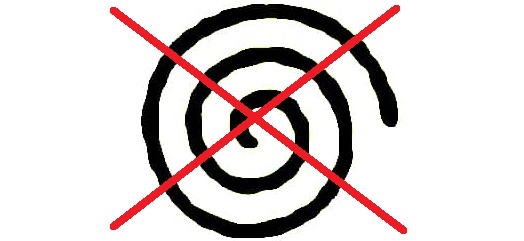
- on Electrolux models, all spin stages are canceled, one drain cycle is installed, water intake during rinsing is increased - all this prevents the fabric from creasing;
- on Bosch machines, the final spin is turned off, but the drain is not activated - the laundry remains “lying” in a full drum.
The “No spin” option is activated when washing delicate fabrics!
It is better not to experiment, but to carefully study the factory instructions.It deciphers in detail all the signs on the washing machine, all programs and options are described.
Spin control
It’s easy to adjust the rotation speed of the drum during spinning – even a “beginner” can handle it. Interestingly, you can adjust the “overclocking” of the machine within the program and separately from it. In the latter case, we proceed like this:
- load clothes into the drum, focusing on the minimum or maximum capacity of the machine;
- close the door tightly;
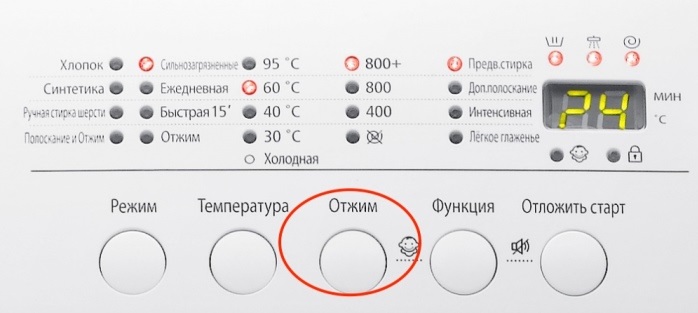
- turn the programmer to the “Spin” position;
- select the drum rotation speed using a handle or button, depending on the model;
- activate the cycle by pressing “Start/Pause”.
Many washing machine manufacturers allow varying spin intensity both at start-up and during the cycle. So, on machines from Bosch, Samsung, Candy and a number of other brands, you can reduce and increase the speed at any time before the spin starts.
Optimal spin speed
The number of revolutions per minute the machine picks up depends on the model of the machine. As a rule, the minimum value is set at 400, and the maximum spin for washing machines is 1800. It is not difficult to determine the speed of the equipment - just look at the instructions or at the dashboard.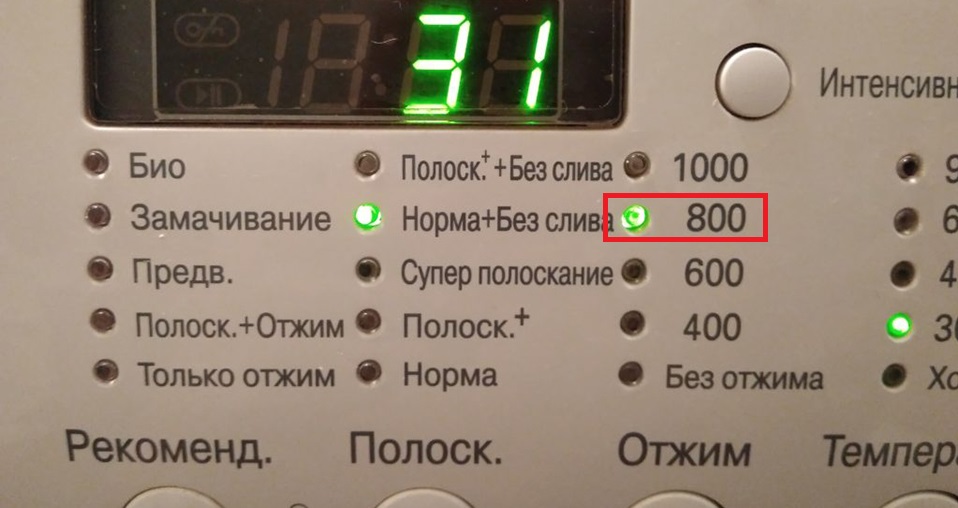
As a rule, many machines allow free variation of the spin speed until it is cancelled. When selecting a program, the value set by the system is first set, but if desired, the user can adjust the “norm” by lowering or increasing it. This is easy to do - using a handle or button. The faster the drum rotates, the more things are squeezed out. However, it doesn’t always make sense to push the equipment to the maximum - most fabrics are dried by spinning at 800-1200 rpm.Frequently turning on the machine at high speeds has several nuances:
- washing machine components wear out faster;
- there is a risk of tissue damage;
- an imbalance is possible.
“Smart” washing machines often automatically limit the maximum spin on some programs. We are talking about modes in which fabrics that do not tolerate intense twisting are washed - “Wool”, “Delicate”, “Hand” and “Silk”.
Interesting:
1 reader comment

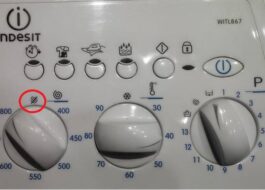
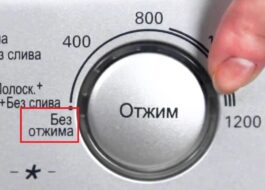

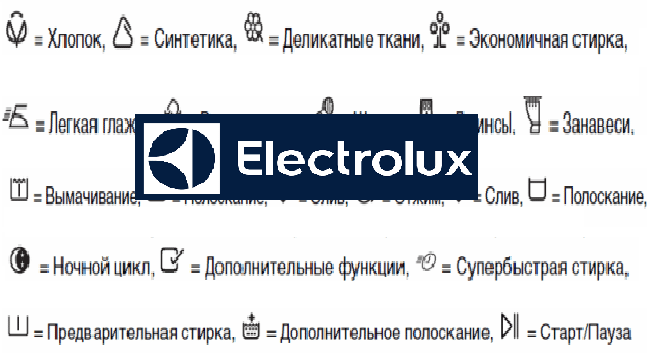

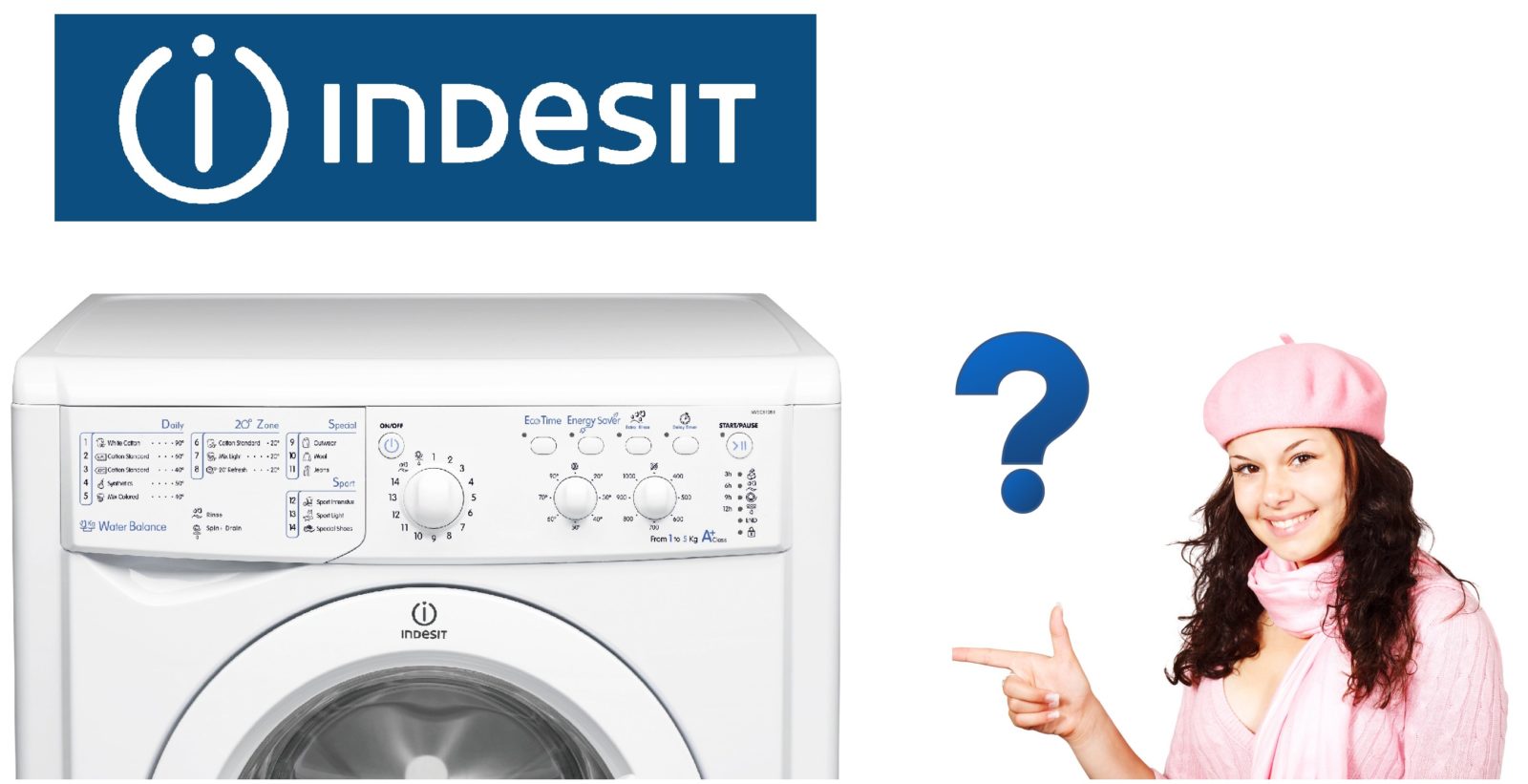


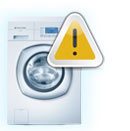
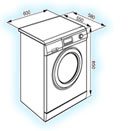


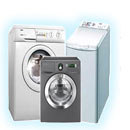



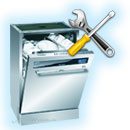
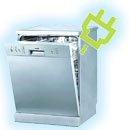


Decipher Indesit icons without a single letter